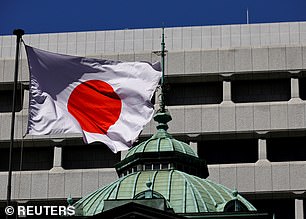<!–
<!–
<!– <!–
<!–
<!–
<!–

The Bank of Japan building in Tokyo. The central bank raised its key rate for the first time in 17 years.
Japan’s central bank raised its benchmark borrowing rate for the first time in 17 years, ending the global experiment with negative interest rates.
The increase ends eight years of subzero rates as the Bank of Japan sought to stimulate the moribund economy.
It is the latest central bank to end negative rates, a policy that has also been continued by the European Central Bank, as well as its counterparts in Switzerland, Sweden and Denmark.
Since then, soaring inflation across much of the developed world has forced many central banks to reverse course with a rapid series of rate hikes.
“The days of ultra-low rates are over,” Agustin Carstens, head of the Bank for International Settlements, a club of global central banks, said earlier this week.
This era began in the wake of the global recession and Eurozone debt crisis more than a decade ago.
Negative rates affected money held by commercial banks in central bank accounts – meaning that instead of earning interest, they had to pay for it.
The idea was to encourage them to lend these funds into the real economy and revive growth.
Jim Reid, an analyst at Deutsche Bank, said: “The debate will last for many years over whether this was a good idea or whether it prolonged economic difficulties.”

